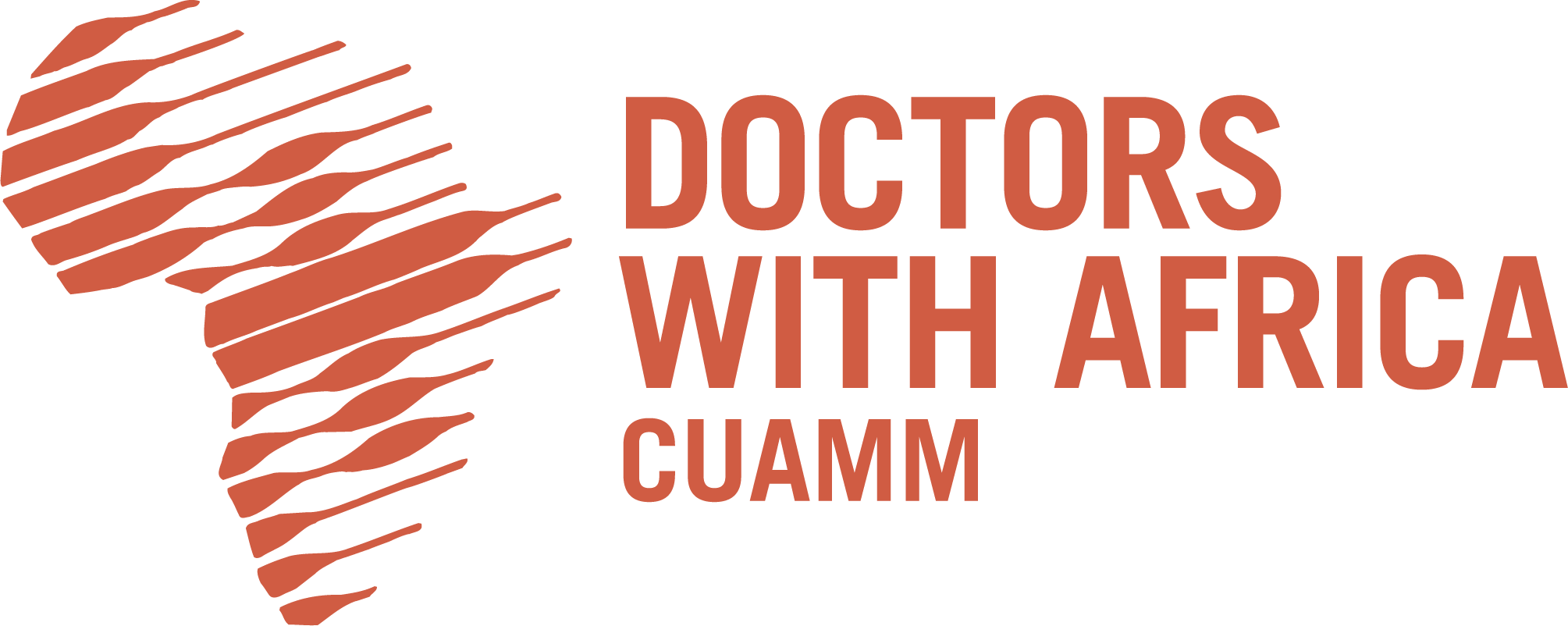In sub-Saharan Africa poor-quality childbirth services primarily affect poor women. Health facilities that have the ability to manage obstetric complications, including providing blood transfusions and Cesarean sections, offer higher-quality services.
This study investigated whether maternity waiting homes (MWHs) might be an effective tool for drawing poor women to facilities offering higher-quality obstetric services. It was carried out in the Iringa Rural District in Tanzania’s southern uplands, an area served by just one hospital with the capacity to manage every sort of delivery-related complication. Interviews were done with 1,072 women who had given birth in the hospital, 31.3% of whom had stayed at the MWH prior to delivery.
Our multivariate analysis showed that poorer women were more likely to use the MWH than better-off ones. A second significant factor in terms of use of the MWH was the distance from women’s homes to the hospital: the further away their homes were, the more likely women were to make use of the MWH.
Solving Africa’s maternal and child mortality equity gap calls for urgent measures. One of these should be to encourage poor women in rural areas to make use of MWHs in order to draw them to health facilities that offer higher-quality childbirth services.
- Authors: Fogliati P., Straneo M., Mangi S., Azzimonti G., Kisika F., Putoto G.
- Publication: Health Policy and Planning - Oxford Academic Journal, 2017 October
- Focus Country: Tanzania
- READ ARTICLE »
